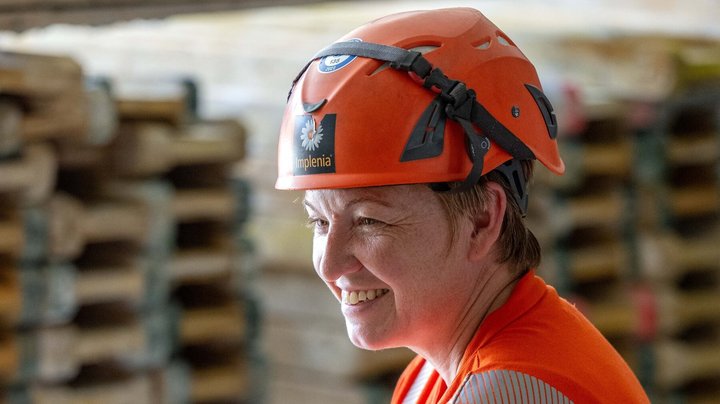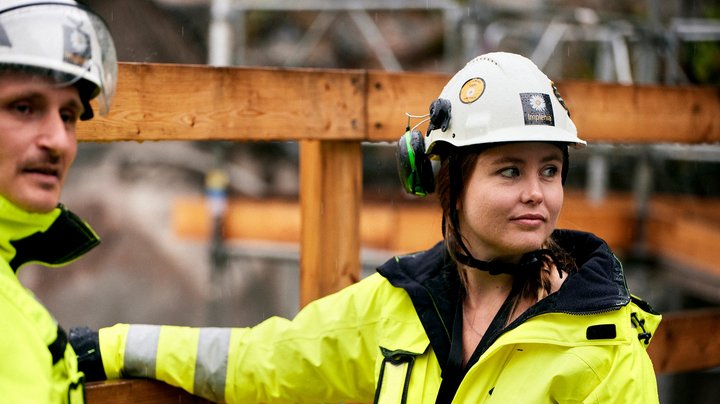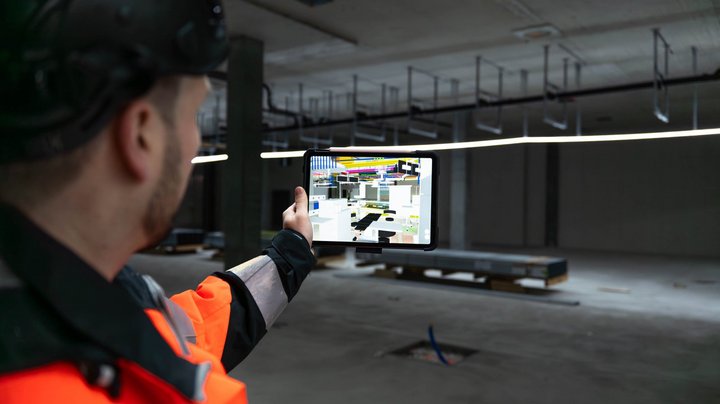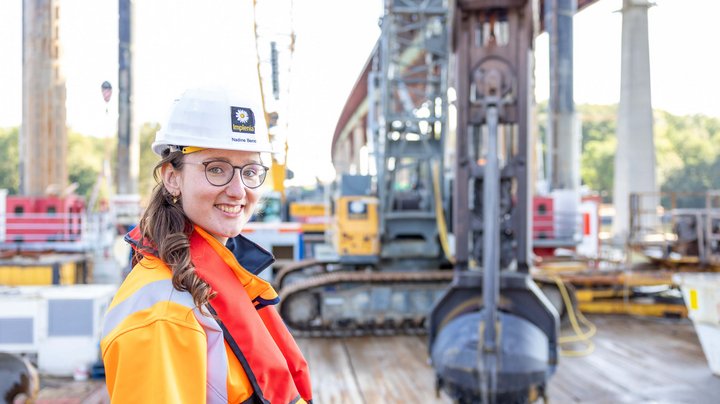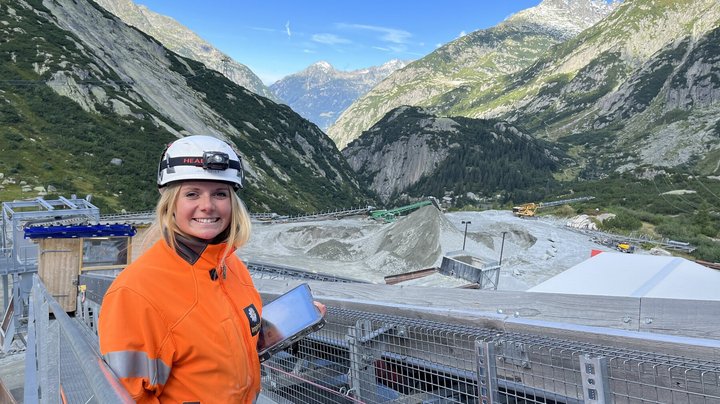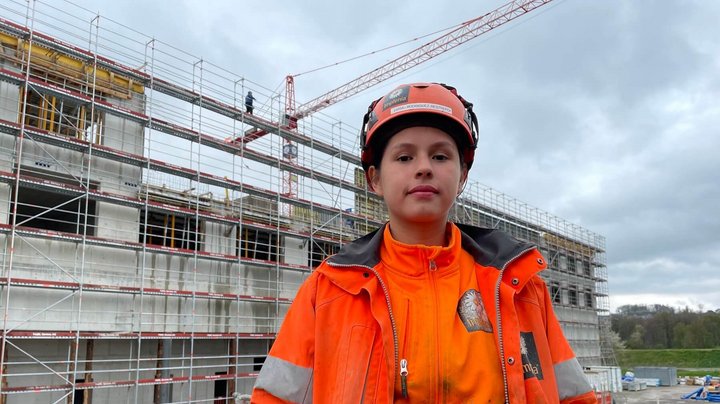More women in construction? We need a rethink in the system!
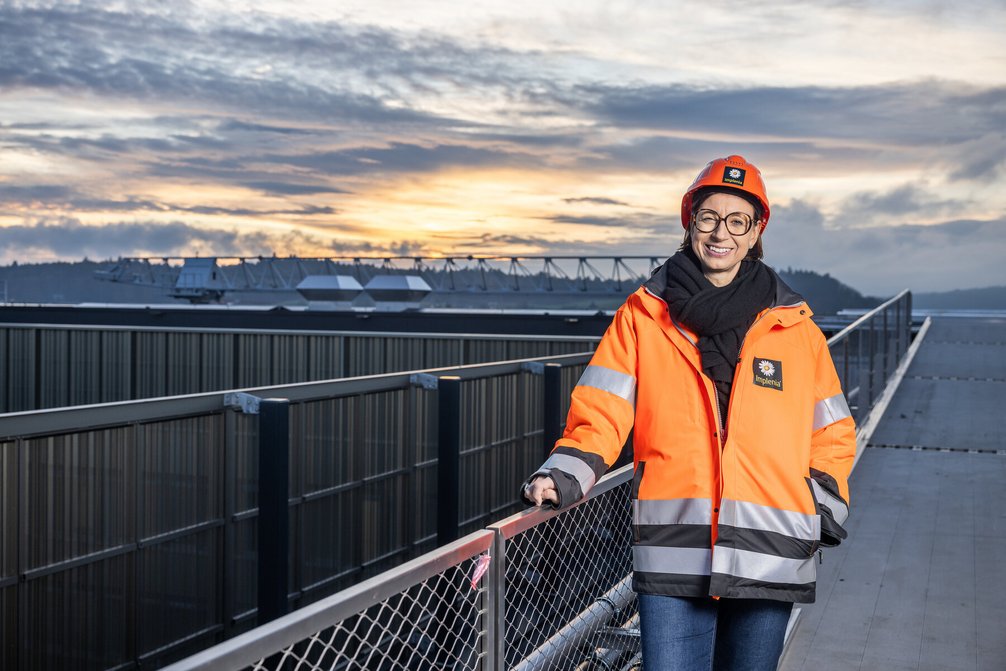
Sandra Malicki's team is a rare example of female power in the construction industry: she herself is planning manager and deputy overall project manager at one of the largest and most technologically advanced healthcare buildings in Switzerland. And with two female project managers and one female site manager, women are also much more strongly represented in her 42-strong team than in the industry as a whole, where the proportion of women is still around 12%.
For Sandra, there are clear reasons why women are not flocking to construction sites in droves: "In the industry, women are still considered exotic and are often confronted with corresponding prejudices and reactions that many colleagues are probably not even aware of. One example? A woman is praised for having built up good relationships with business partners - with the comment: "That's probably down to gender!" What seems like recognition at first glance is actually an insult. "The work performance of every employee should be assessed purely on its own merits and not against the background of gender," says Sandra Malicki. "And we should react to verbal derailments within the team with regard to gender. If we don't do this, they remain normal and accepted - and ultimately nothing changes."
Her advice to anyone who wants to attract more women to the construction industry? "We need a rethink in the system - and that will only happen if both women and men are committed to it."
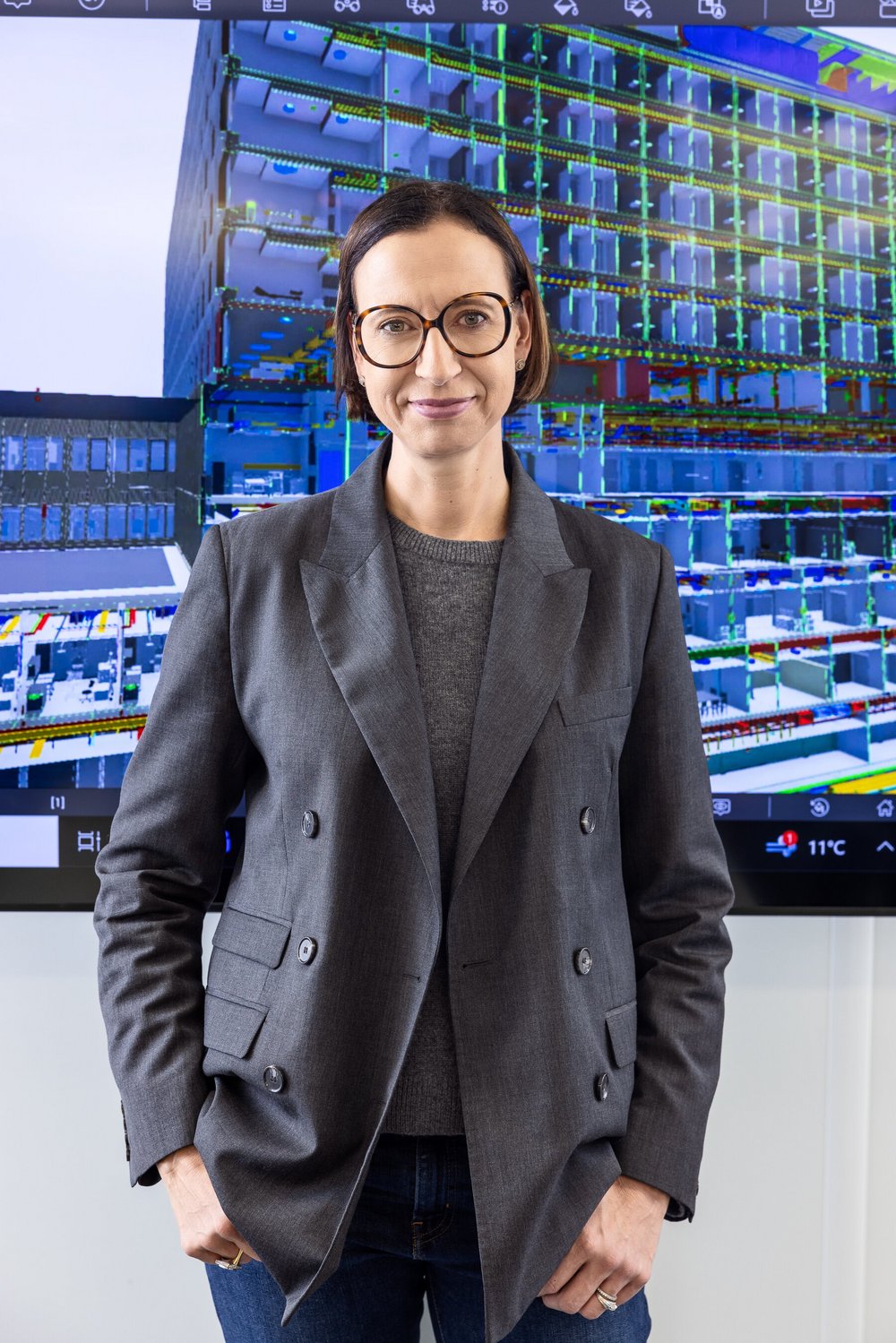
"Women should have more confidence."
Sandra Malicki, planning manager and deputy overall project manager for the new Aarau Cantonal Hospital building
She advises women to generally have more confidence in themselves. "We tend to be too modest and not stand up for ourselves enough. Most male colleagues approach issues with more self-confidence - and are therefore more likely to be considered for exciting tasks and promotions." She also believes that line managers have a duty here: “We need to support women - whether in the team or as mentors for the next generation. The message must be: You and your skills are welcome.”
At the same time, the qualified architect, who is familiar with a much more equal team composition from her work in architecture firms, also sees employers as having a duty. "Especially in construction, people from many different cultures and educational backgrounds come together and women are not treated with the same respect everywhere. There must be very clear guidelines from the employer: No calendars with nude photos in offices or containers, no cat calling, zero tolerance for sexual harassment - and education, for example on unconscious discrimination, which then leads to seemingly well-meaning but actually sexist remarks."
Visit to the new cantonal hospital in Aarau
@implenia On the project Kantonsspital Aarau we work wirh innovative technologies and ways of team work. Patric and his team show you how we integrate digital planning in every stage of the project. 🚀 #kantonsspitalaarau#aarau#baustelle#constructionsite#construction#hospital#spital#hochbau#bim#digitalplanning♬ Original sound - Implenia
Sandra Malicki thinks it's worth getting involved in the issue. "What I like about my job is having the chance to work on such a fantastic project, to see how something concrete is being created that will shape the face of the city for many, many years to come. I've never had such a great team, where everyone is pulling in the same direction, where you can rely on each other 100% - that's what makes this job at Implenia so attractive to me - and it would be a shame if the many talented women out there missed out on the chance of a similar experience."
The new KSA building "Dreiklang" in brief:
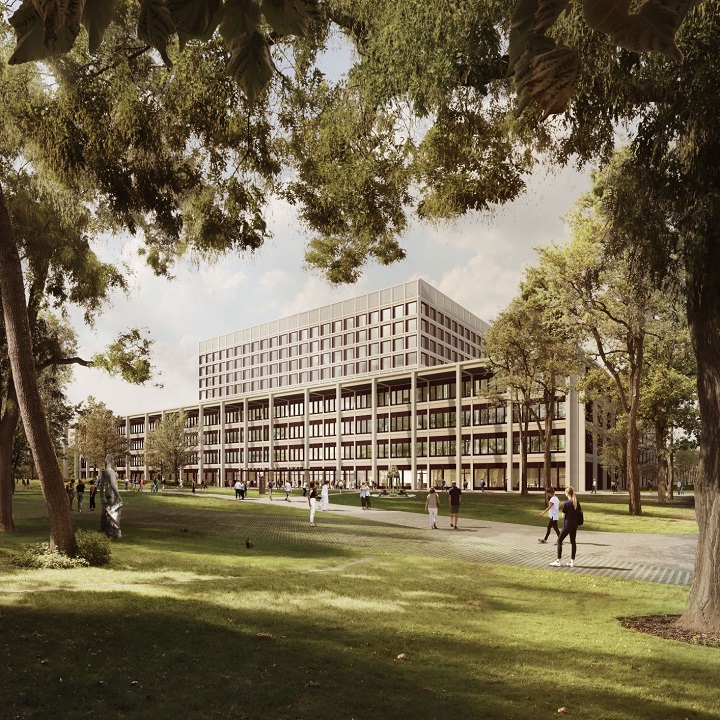
- The building concept for the new Aarau Cantonal Hospital focuses on functionality and short distances for staff and patients.
- On a floor area of around 110000 square meters, 472 inpatient beds, 130 day clinic places and 21 operating theatres are planned for the future.
- The new building is divided into three main areas: Outpatient clinics, functional areas and wards. Nevertheless, the areas form a single unit in the overall building.

